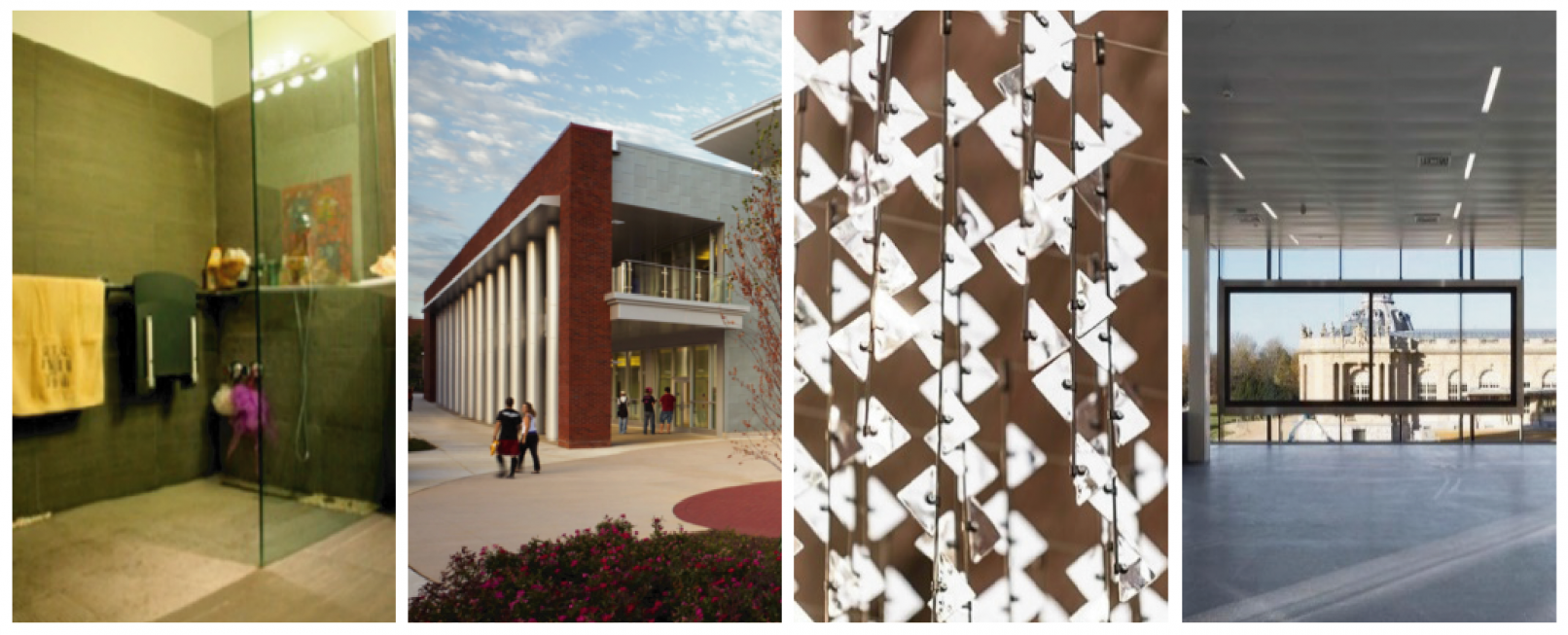How do disabled architects design?
Inclusive design and co-design practices emerging in several design disciplines demonstrate the need for new ways of understanding and practising design. Both attempt to restore the feedback loop between processes of design and practices of use that got interrupted since the industrial revolution. This restoring remains limited, however: even if users are involved in design, designers cannot gain direct access to their experience. In this context, the project aims to explore and articulate the potential of embodying user experience in architectural design. To this end, it focuses on disability experience as a particular kind of user experience, offering a unique lens to gain in-depth insight into how design and use interrelate. By documenting and analysing disabled architects’ design practices and outcomes, the project will make important contributions to design research and practice: it will challenge prevailing notions of design and the role of user experience therein, and it will invite and enable architects to reco nsider this role as enhancing rather than detracting from design quality.
Publications
- Pérez Liebergesell, N., Vermeersch, P-W., Heylighen, A. (2021). The Hidden Unwelcome: How Buildings Speak and Act. Journal of Interior Design, 46 (3), 3-10.
- Pérez Liebergesell, N., Vermeersch, P., Heylighen, A. (2021). Designing for a future self: How architect Stéphane Beel empathises with wheelchair-users. The Journal of Architecture, 26 (6), 912-937.
- Pérez Liebergesell, N., Vermeersch, P-W., Heylighen, A. (2021). Urban Chandelier: How experiences of being vision impaired inform designing for attentiveness. Journal of Interior Design.
Pérez Liebergesell, N., Heylighen, A. (sup.), Vermeersch, P-W. (cosup.) (2020). The Difference Disability makes: Learning about Interactions with Architectural Design from Four Architects Experiencing Disability. PhD dissertation. Leuven: KU Leuven, Faculty of Engineering Science.
Pérez Liebergesell, N., Vermeersch, P., Heylighen, A. (2019). Through the Eyes of a Deaf Architect: Reconsidering Conventional Critiques on Vision-Centered Architecture. The Senses and Society 14 (1), 46-62. doi: 10.1080/17458927.2019.1569349
- Vermeersch, P., Heylighen, A. (2019). Involving Blind User/Experts in Architectural Design: Conception and Use of More-Than-Visual Design Artefacts. CoDesign 1-20. doi: 10.1080/15710882.2018.1557696
- Heylighen, A., Dong, A. (2019). To empathise or not to empathise? Empathy and its limits in design. Design Studies, 65, 107-124.
- Pérez Liebergesell, N., Vermeersch, P., Heylighen, A. (2018). Enriching interpersonal relations: two disabled architects’ aesthetic appreciation and conception of built space. Presented at: We are All Able Bodies. Madrid, 16 - 17 November 2018.
- Pérez Liebergesell, N., Vermeersch, P., Heylighen, A. (2018). Designing from a disabled body: the case of architect Marta Bordas Eddy Multimodal Technologies and Interaction, 2 (4), 1-17
- Dong, A., Heylighen A. (2018).Central coherence and the shaping of expertise in design: evidence from designers with autism spectrum conditionsArtificial Intelligence for Engineering Design, Analysis and Manufacturing: AIEDAM.
- Pérez Liebergesell, N., Vermeersch, P., Heylighen, A. (2017). Disability experience through the body of a designer: the case of architect Marta Bordas Eddy. Presented at: The Art of Belonging - International Disability Studies Conference. Amsterdam, 30 November - 2 December 2017.
- Dong, A., Heylighen A. (2016).What can we learn from autistic people about cognitive abilities essential to design? An exploratory studyDesign Computing and Cognition '16 (DCC16); 2016; pp. 85 - 104
Context
- Funding Agency KU Leuven, KU Leuven Research Fund
- Principal Investigator prof. Ann Heylighen
- Team Members: Natalia Pérez Liebergesell, Peter-Willem Vermeersch


